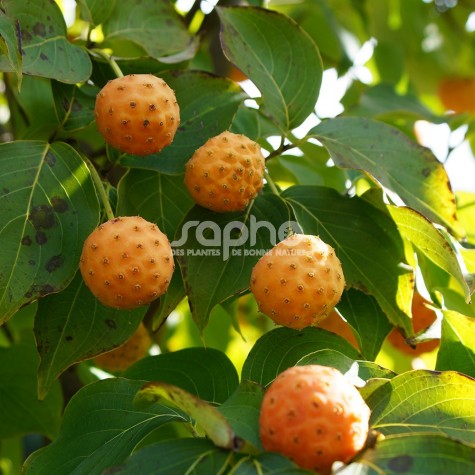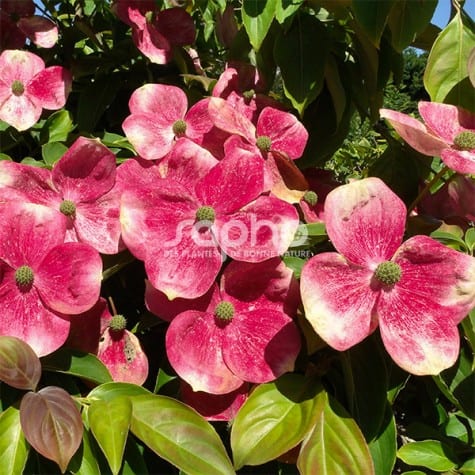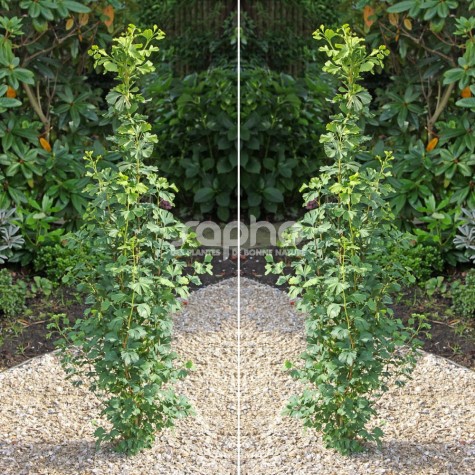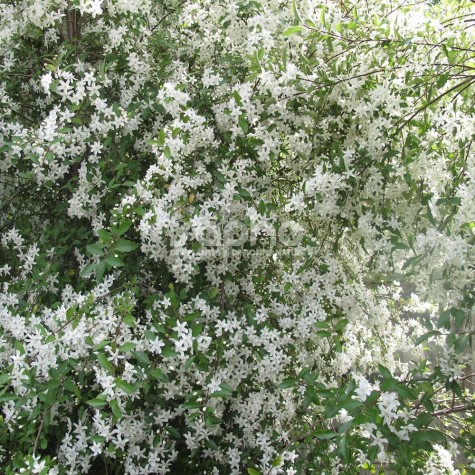The elegance of Cornus is enhanced by the originality of its fruit
This variety blooms abundantly with white flowers from late May to early June.
Its decorative fruits, visible from afar, have original colors: yellow evolving into pumpkin-orange when ripe.
Its foliage also changes from green to orange-yellow in autumn.
This large shrub is easy to grow and has a flared habit when young.
Ideal as an isolated plant in the garden.
Filter By
Position
Categories
Menu
All our varieties
Spectacular for the size, abundance and changing color of its flowers!
This Cornus is distinguished by its longevity and abundant flowering. Its flowers change color with the seasons, from light salmon to bright pink to red.
In autumn, large red berries appear and persist until hard frost.
Its shape makes it ideal for production.
Its vigor and upright form with flexible branches make it an ideal shrub or small tree for large gardens and landscaped parks.
nb: color evolution may vary according to region and climate.
The most narrow of the Ginkgos'Menhir' is of special interest as it is very narrow. Its column shape and its reduced width allow it to be planted in rows or individually, in public parks as well as in smaller gardens.Its growth is vigorous and robust from an early age on.The fairly serrated leaves are of a blue shade of green-grey. Their golden-yellow tint in autumn is long-lasting.A male variety, without production of 'fruit'.
A small, ornamental tree with striking summer flowersHoheria sextylosa 'Snow White' is a small tree that keeps its ornamental character throughout the year with its elegant and persistant foliage, its glorious summer flowers and its naturally pyramidal habit. The simple, abundant and delicately perfumed, pure white flowers, resemble those of a cherry tree. The long and clearly toothed leaves are a brilliant green inserted in an attractive, black wood.Hoheria sextylosa 'Snow White' can grow to 4 or 5 metres in 20 years but readily accepts pruning. It may therefore also be used in hedges or maintained as a miniature if necessary.Ideally it prefers a mild, oceanic climate but is nevertheless hardy up to -10°. In colder regions, it's recommended to plant it in sheltered spots, away from cold winds.








